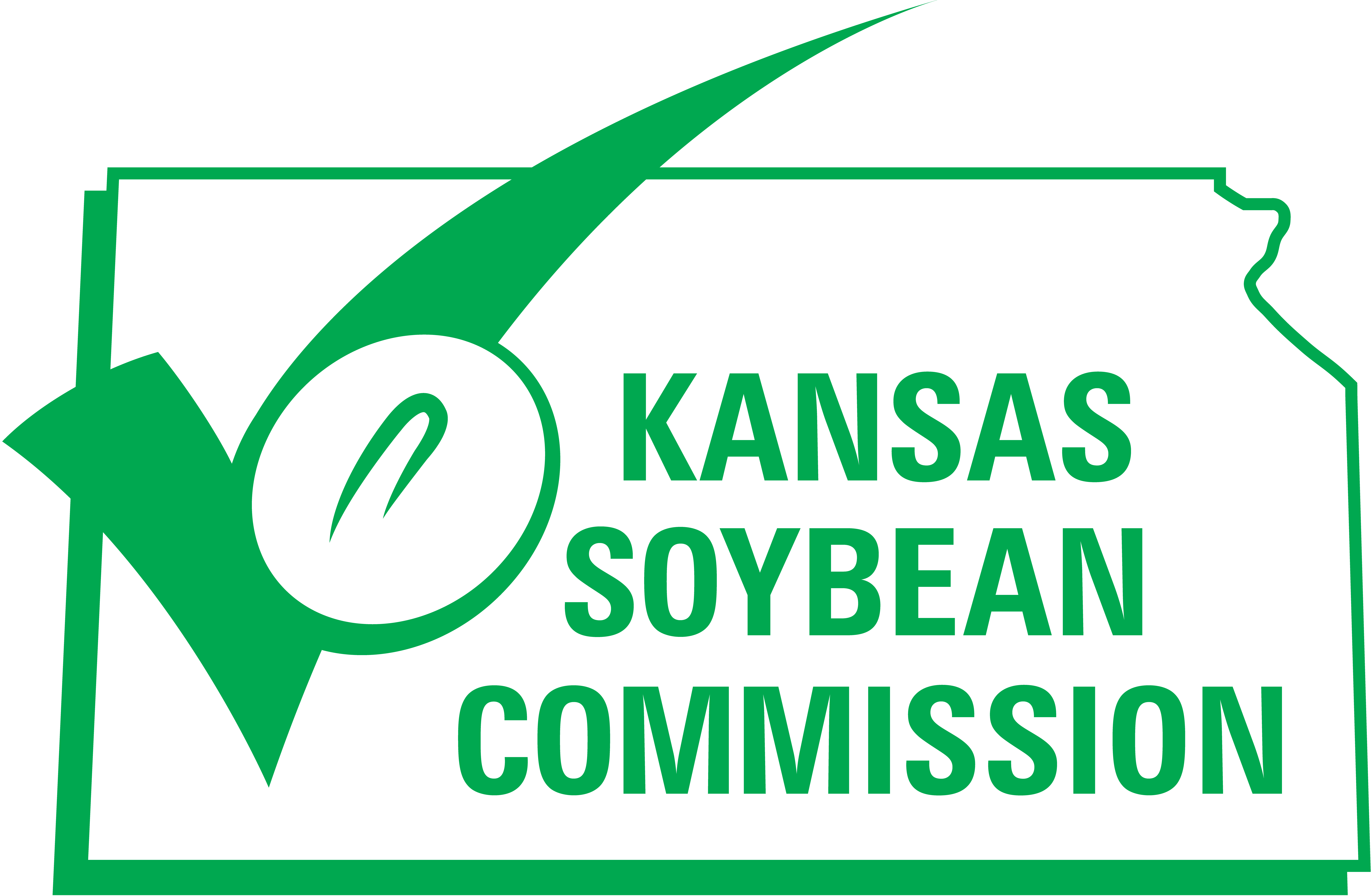WOTUS regulations remain clear as mud
Kansas soybean farmers continue to fight for clarity in regulations that impact decisions about their operation
After 14 years of pushing through the federal court system, the Sackett’s won their case against Environmental Protection Agency (EPA) with a unanimous (9-0) decision stating their property is not jurisdictional. In 1972, the Clean Water Act was put in place to keep the country’s aquatic environments safe from pollution and destruction. However, the stipulations for this act are about as clear as mud and decided on a case-by-case basis.
Background
In 2007, the Sackett’s wanted to develop a property a few hundred feet from Priest Lake in the Idaho Panhandle. EPA decided their lot contained a federally protected wetland and ordered the couple to cease any further construction without a permit. Their lawyers stated the wetland was not protected by the Clean Water Act solely because there was dry land separating it from the other bodies of water.
To fully grasp why the Sackett case and its decision is so important, it is vital to understand a previous case in 2006, Rapanos v. United States. This case was a battle of two opposite opinions by Supreme Court justices Antonin Scalia and Anthony Kennedy. Scalia believed jurisdictional waters or wetlands only qualified if there was a physical connection — regularly flowing tributaries or a continuous surface — to those already under federal protection. Kennedy believed if the body of water shared a significant nexus — physical, chemical or biological health with an adjacent body of water already protected — they deserve the same level of protection. Kennedy’s point of view aligned with the Bush and Obama administration. The Trump administration used Scalia’s perspective to adopt its definition which was opposed when the Biden administration came into leadership.
The Decision and its Meaning
Definition of jurisdictional waters is vague and “unworkable,” according to Congress. There is not a clear meaning of which waters will fall under WOTUS protection. The rule currently states wetlands must be “as a practical matter indistinguishable from waters of the U.S.” — they must have a “continuous surface connection to bodies that are WOTUS in their own right”. This phrase can be interpreted broadly and the further definition of “adjacent water” is even more unclear. The original statue does not mention the nexus test, making that a seemingly irrelevant reason for EPA to impose.
How does this impact farmers?
Farming has many obstacles and using the nexus rule to protect waters would be yet another hurdle. Allowing water to be protected without a physical connection to a water already in jurisdiction will heavily obstruct economic growth and building infrastructure. Uncertainty still lies after this ruling, like the answers to these questions:
- What exactly does “relatively permanent” mean?
- What are the distance limitations?
- What satisfies the “continuous surface connection requirement?
Under the 2023 rule, waters must be flowing or standing year-round or continuously during certain times of the year but there is no minimum number of days required and is adjusted during droughts. Additionally, a physical connection is determined by a continuous surface connection of the two waters, not a hydrological connection. While the thought behind this case could help farmers in the future for building infrastructure and crop ground, opinions could still be viewed differently and the fight to have clear-cut definitions will continue.

